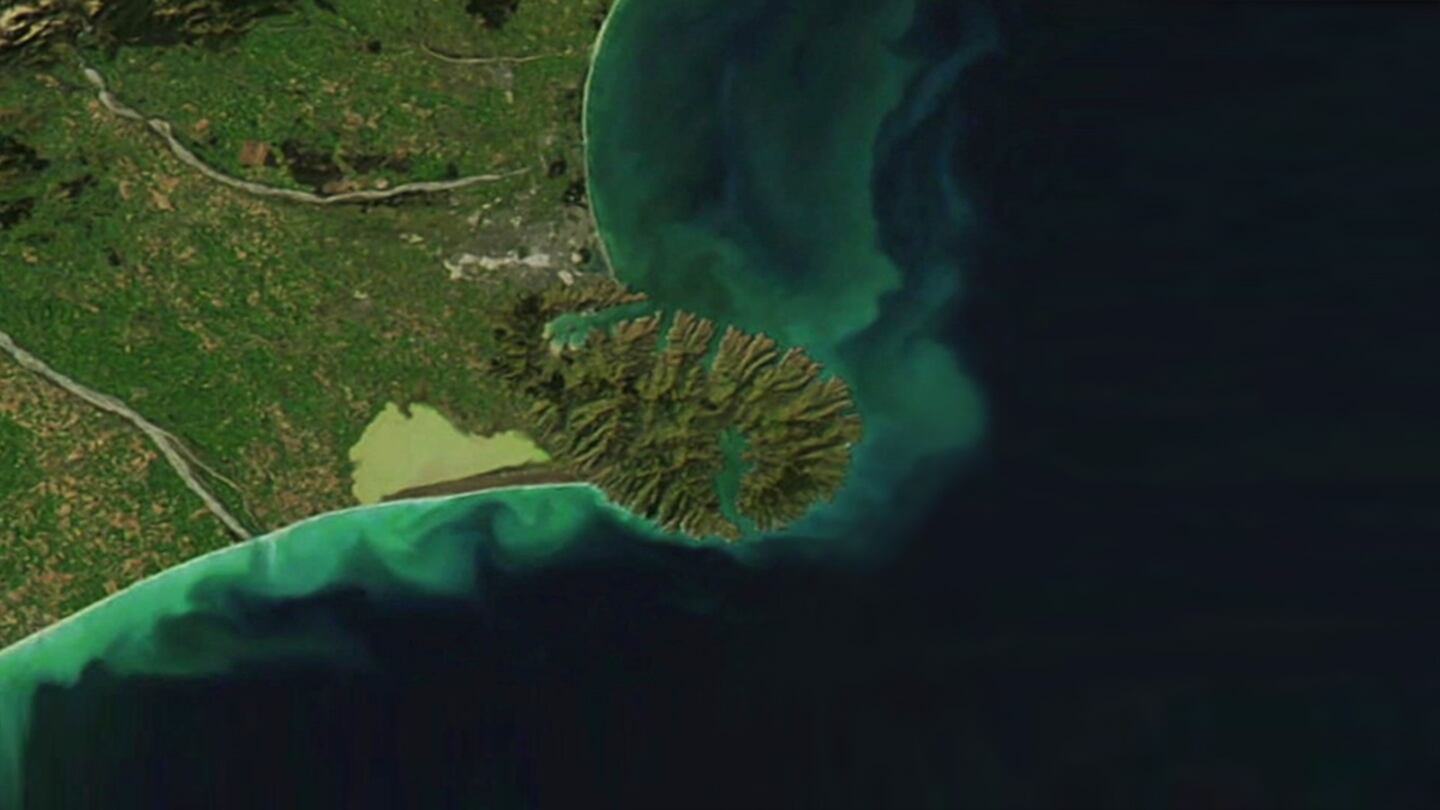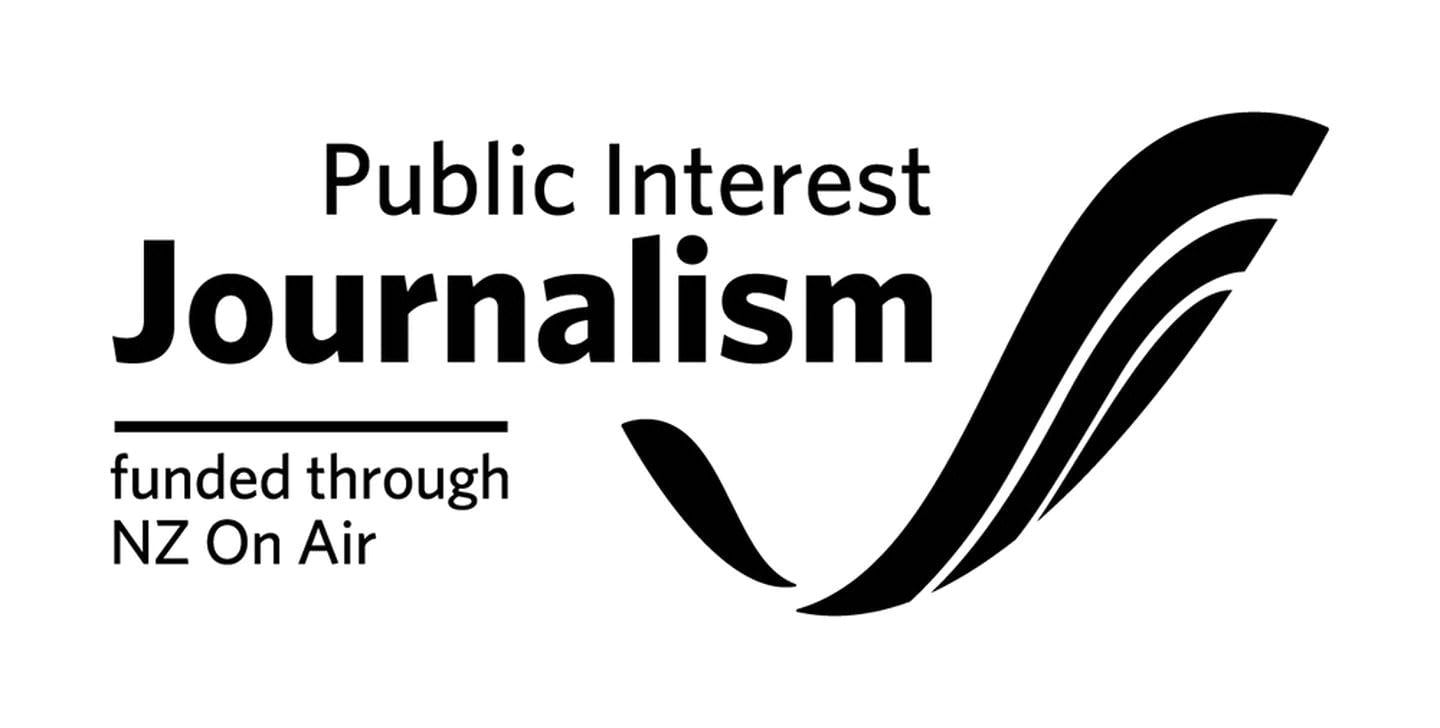Government investment in a joint aerospace venture is being described as a ‘major step forward’ for Te Waipounamu-based Tāwhaki Aerospace Centre.
Tāwhaki is half-owned by the government and half by Te Taumutu Rūnanga and Wairewa Rūnanga who are the mana whenua of the Kaitorete region near Christchurch.
The Kānoa Regional Strategic Partnership fund is contributing $5.4 million towards a purpose-built one-kilometre-long runway and hangar facilities at the venture’s base at Kaitorete near Christchurch. The remaining $700,000 of the $6.1m total cost will be funded by the rūnanga through their company, Kaitorete.
T āwhaki chief executive Linda Falwasser, says the investment will help the Wairewa and Taumutu rūnanga achieve their aspirations of assisting aerospace companies carry out research and development while protecting the environment around its traditional whenua south of Te Waihora (Lake Ellesmere).
“It’s led by whānau of Wairewa and Taumutu and we’re ensuring that these types of innovative technologies are sitting well in the whenua and also provide a platform to learn more about the environment around us.”
The venture launched in 2021, and takes its name from the Māori demi-god, Tāwhaki. Its website says Ngāi Tahu legend has Tāwhaki seeking celestial knowledge from his gods and climbing the heavens where he gained experiences and knowledge, which he returned to earth, and helped his people succeed in their endeavours and support life on Papatūānuku. The website continues to describe the tale as one that connects its whakapapa to taonga found on earth, particularly in the Kaitorete region, and speaks to the venture vision of retracing Tāwhaki’s journey to grow mātauranga for the future of its people and of the planet.
Historic links provide future growth
Kaitorete was once considered a significant meeting point for Māori travelling up and down Te Waipounamu. Falwasser is confident it can once again provide economic opportunities for the people.
“Over the years, things changed. And it turned into a very intensified farming area, very sort of traditional colonised kind of activities. So we’re kind of taking a lead and saying actually Māori, and, in particular, mana whenua, can lead out on these transformational economic opportunities and developing these jobs and business growth.”
Tāwhaki forecasts more than 1300 specialised full-time jobs will be generated by the expansion of Kaitorete. Falwasser hopes many of the roles will be occupied by Wairewa and Taumutu people.
“We’re thinking about those education to employment pathways, so they can take up many of those roles and these could be roles was as engineers, it could be businesses that are in the sector that need drone pilots, that need accountants. There are a variety of jobs.”
Since launching, Falwasser says demand for services in Aotearoa has grown rapidly. But with its aim to protect the surrounding environment, Tāwhaki has had to be selective on who it works with at Kaitorete.
“We have new businesses wanting to flock here. But again, I caution that by saying, that being Māori-led comes with that responsibility of tikanga and kawa from Wairewa and Taumutu. So who we work with, and who we allow to take flight or launch from Kaitorete is stepped through quite a bit of a rigorous process.
‘Natural advantages in aerospace’
“Around the world, there is no other indigenous facility like ours that incorporates the aerospace, the horizontal space launch that will take place off this new runway, the environmental rejuvenation that’s using cutting edge technologies. We’re looking at energy and resources so that our site can be green and sustainable.”
Infrastructure Minister Megan Woods said the investment would allow Tāwhaki the opportunity to scale up its operations.
“Without this investment, there is a risk that some flagship aerospace companies would move offshore. We want this sector to continue to thrive here, directly benefiting the local community in Canterbury and the wider New Zealand economy,” Woods said.
“New Zealand has natural advantages in aerospace which can help secure its position as a leading place to safely test, trial and adopt aerospace technologies.
“Aerospace technologies will greatly improve how we respond to issues like climate change, emergency management and monitoring our ecosystems and natural resources.”
The current facility at Kaitorete is already being used by local companies including Kea Aerospace, Aerosearch and Swoop Aero, as well as the University of Canterbury. The new infrastructure will be used by a wider range of aerospace companies onshore and abroad, and research institutes, with the intention to scale up over time.




